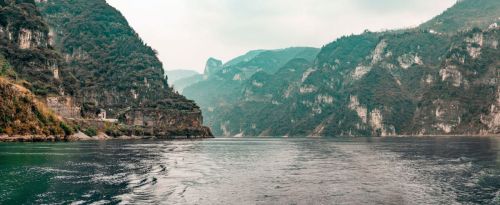The Gobi Desert, which stretches across northern China and southern Mongolia, is a vast and ancient landscape that defies the common perception of a desert as a lifeless expanse of sand. It is a place of remarkable ecological and geographic diversity, characterized not only by its iconic sand dunes, but also by rocky mountains, grassy steppes, and scattered oases.
People have lived here for tens of thousands of years, and archaeologists have found evidence of stone working in the Gobi as far back as a hundred thousand years. In addition to its archaeological discoveries, the Gobi Desert is also a paleontologist's paradise. It was here that fossilized dinosaur eggs were first discovered.
There are interesting archaeological sites and remains of extinct animals. The Gobi is home to the Gobi bear, a critically endangered subspecies of brown bear, with only about 30 - 40 representatives living in the wild.













